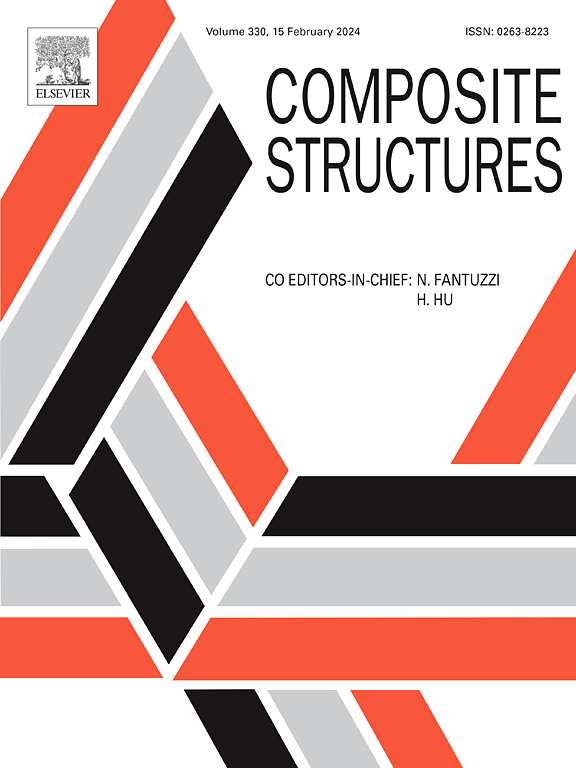基于深度学习和有限元的轻量化混合复合材料逆结构性能设计研究
IF 6.3
2区 材料科学
Q1 MATERIALS SCIENCE, COMPOSITES
引用次数: 0
摘要
混合复合材料具有重要的应用,例如在航空航天和汽车工业中的高性能和轻质材料。杂化复合材料利用不同填料的协同作用来达到所需的材料性能,但通常具有更复杂的微观结构。虽然拓扑优化可以优化特定的性能,但设计混合复合材料的定制力学性能,例如全范围应力-应变曲线,仍然具有挑战性。本文开发了一个集成了有限元分析(FEA)和人工智能(AI)方法、条件生成对抗网络(cGAN)、深度学习和迁移学习的计算框架,以建立逆结构-性能关系并设计量身定制的混合复合材料。基于有限元生成的纤维-颗粒-基质混合微结构数据集及其相应的全范围应力-应变曲线,训练cGAN架构生成定制微结构并建立结构-性能关系。人工智能生成的复合材料在微观结构特征上具有相似性,应力-应变曲线匹配良好。利用迁移学习扩展预训练模型,设计不同的材料系统。本文章由计算机程序翻译,如有差异,请以英文原文为准。
A deep learning and finite element approach for exploration of inverse structure–property designs of lightweight hybrid composites
Hybrid composites have important applications, such as high-performance and lightweight materials in aerospace and automotive industries. Hybrid composites utilize the synergy of diverse fillers to achieve desired material properties, but usually have more complicated microstructures. While topology optimization can optimize a particular property, designing hybrid composites for customized mechanical performances, e.g. full-range stress–strain curve, remains challenging. Here, a computational framework that integrated finite element analysis (FEA) and artificial intelligence (AI) methods of Conditional Generative Adversarial Networks (cGAN) deep learning and transfer learning was developed to establish inverse structure–property relationships and design tailor-made hybrid composites. Based on FEA-generated datasets of hybrid fiber-particle–matrix microstructures and their corresponding full-range stress–strain curves, a cGAN architecture was trained to generate tailored microstructures and establish structure–property relationships. Similarity in microstructural features and well-matched stress–strain curves based on the AI-generated composites were achieved. Transfer learning was used to expand the pre-trained model for designing different materials systems.
求助全文
通过发布文献求助,成功后即可免费获取论文全文。
去求助
来源期刊

Composite Structures
工程技术-材料科学:复合
CiteScore
12.00
自引率
12.70%
发文量
1246
审稿时长
78 days
期刊介绍:
The past few decades have seen outstanding advances in the use of composite materials in structural applications. There can be little doubt that, within engineering circles, composites have revolutionised traditional design concepts and made possible an unparalleled range of new and exciting possibilities as viable materials for construction. Composite Structures, an International Journal, disseminates knowledge between users, manufacturers, designers and researchers involved in structures or structural components manufactured using composite materials.
The journal publishes papers which contribute to knowledge in the use of composite materials in engineering structures. Papers deal with design, research and development studies, experimental investigations, theoretical analysis and fabrication techniques relevant to the application of composites in load-bearing components for assemblies, ranging from individual components such as plates and shells to complete composite structures.
 求助内容:
求助内容: 应助结果提醒方式:
应助结果提醒方式:


